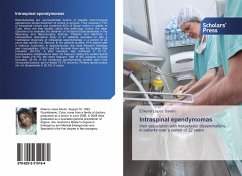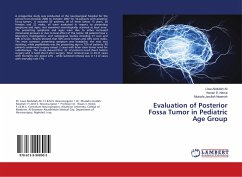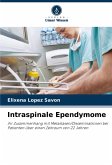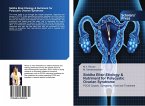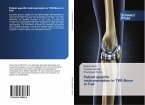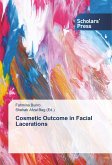Ependymomas are neuroepithelial tumors of variable morphological appearance whose treatment of choice is surgical. They represent 13% of intraspinal tumors and constitute 40% of spinal tumors in adults. In Cuba there are few studies about this pathology, hence the main objective is to evaluate the behavior of intraspinal ependymomas in the Neurology and Neurosurgery Institute. Patients and Methods: A retrospective descriptive study of 47 patients operated on with a histological diagnosis of intraspinal ependymomas in a period of 22 years was carried out. Results: In the patients studied, 51% started with a radicular syndrome. In ependymomas, the most frequent histology was myxopapillary (34%) and the terminal filum was the location that prevailed (48.9%). A total resection was achieved in 51.1%, postoperative complications were not frequent, being the cerebrospinal fluid fistula (19.1%) the most frequent. Half of the subjects evolved favorably. 40.4% of the intraspinal ependymomas studied were from intracranial tumors, and of these 73.7% recurred. Primary spinal tumors did not disseminate in 92.9% of cases
Bitte wählen Sie Ihr Anliegen aus.
Rechnungen
Retourenschein anfordern
Bestellstatus
Storno

